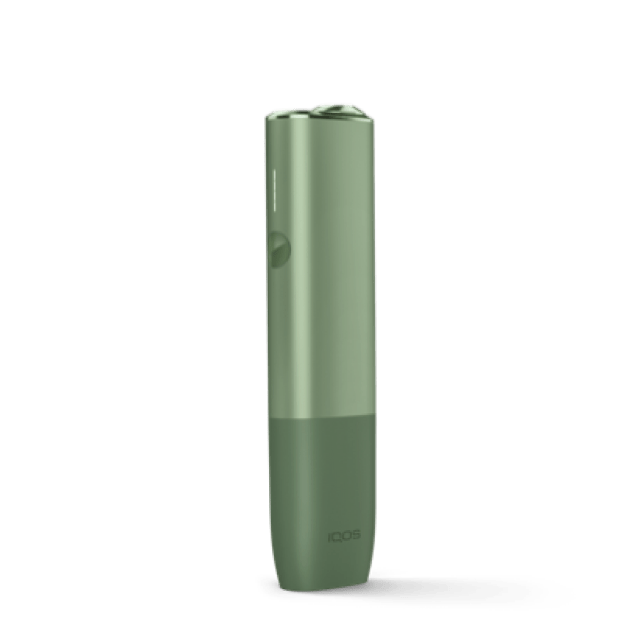IQOS News
What is passive smoking/second-hand smoke? Does Cigarette Smoke Harm The Surroundings?

Passive smoking is referred to when a non-smoker inhales tobacco smoke, such as cigarette smoke.
Cigarette smoke is a mixture of smoke created by burning cigarettes and smoke exhaled by smokers. According to public health authorities, cigarette smoke from burning tobacco contributes to illnesses such as heart disease and lung cancer in non-smokers as well as asthma, respiratory infections, coughing, wheezing, otitis media (middle ear infection), and sudden infant death syndrome in children.
Public health authorities have also determined that cigarette smoke can aggravate adult asthma and irritate the eyes, throat, and nose. This knowledge should serve as a guide for passive smokers who are deciding whether to enter a smoking area or, if they choose to smoke, where and when to do so without disturbing those nearby.
Is passive smoking the same as second-hand smoking?
Indeed, passive smoking and second-hand smoking both generally refer to the same issue.
What is Passive Smoking?
The act of unintentionally breathing near tobacco smoke is known as secondhand smoking. This can occur if someone approaches a smoker too closely while they are smoking or even gets too close to the end of a lighted cigarette. People around have a chance of inhaling cigarette smoke while it's present in the air. Is smoking worse than passive smoking? Authorities on public health have determined that smoking causes the aforementioned ailments.
What is Second-Hand Smoke?
Second-hand smoke is referred to as smoke created by smokers while they smoke or smoke released from a lit cigarettes end. Anyone who is close to this smoke has the ability to "passively inhale" it.
Facts about Second-Hand Smoking
- According to public health authorities, secondhand smoke from burning tobacco contributes to a number of illnesses, including heart disease and lung cancer in non-smokers, as well as conditions in kids such as asthma, respiratory infections, coughing, wheezing, otitis media (infections of the middle ear), and sudden infant death syndrome.
- In addition, public health authorities have also determined that secondhand smoke can worsen adult asthma and irritate the eyes, throat, and nose.
- It is important to provide passive smokers with this information so they can use it as a guide when deciding whether to enter a smoking area or, if they choose to smoke, where and when to do so without disturbing others.
- Smokers should avoid being in direct range to children and pregnant women.
Do those who don't smoke run the risk of being exposed to passive smoker or second-hand smoke?
Public health authorities have concluded that cigarette smoke causes certain diseases as mentioned above.
How to create a smoke-free environment?
Here are some suggestions on how to make a smoke-free atmosphere if you are an adult smoker.
Give up smoking completely. Quitting smoking is the best way to eliminate secondhand smoke. The optimal course of action for any smoker is to stop. Smoking is not permitted near youngsters or pregnant women.
Smoke-free home. It is insufficient to merely open a window or door or to smoke in a different part of the home. After you smoke, smoke may remain in the air. This information should be provided to passive smokers as a guide so that they may determine whether to enter a smoking place or, if they choose to smoke, where and when to do so without disturbing others.
Smoke-free vehicles. Similar to indoor smoking, smoking should not be allowed in enclosed spaces like cars. Since the smoke can cling to the car seat and hang there for a while, lowering the windshield won't make much of a difference. Passive smokers should be informed of this information as a guide whether they decide to enter a smoking area or, if they smoke, when and where to smoke so as not to disturb those around them.
Respect the smoke-free zone. Precautions should be taken before smoking, and you should pay close attention to your surroundings if you're traveling and aren't familiar with the local laws and customs.
Is heated tobacco vapor harmful to non-smokers?
The best decision a smoker can make is to completely give up tobacco and nicotine. Heated tobacco products are one of the many smoke-free alternatives on the market today for adult smokers who plan to keep smoking or using nicotine products. In general, heated tobacco products don't emit smoke since they heat the tobacco instead of burning it, which results in the production of steam.
Therefore, many people are curious as to whether heated tobacco products cause secondhand smoke. In general, heated tobacco products don't burn the tobacco or emit tobacco smoke. As a result, compared to cigarette smoke, tobacco heating items have the ability to release fewer and fewer hazardous substances. Hazardous chemical production and little combustion must be shown, product by product. Most significantly, smoke-free goods still carry risks and still contain addictive nicotine. The wisest choice any smoker can make is to give up nicotine and tobacco completely.
Learn more about the IQOS heating tobacco device.
Learn more about what is heated tobacco and how is it different from cigarettes.
Are e-cigarette vapors harmful to non-smokers?
Electronic cigarettes, or vaping, are another type of smoke-free alternative available to adults who will continue to smoke or use nicotine products. Because they typically heat e-liquids to create vapors or aerosols rather than smoke from burning tobacco, e-cigarettes are seen as a smoke-free alternative.
Learn more about e-cigarettes and how they differ from heated tobacco..
With that in mind, numerous people wonder as to whether vaping causes secondhand smoke. E-cigarettes typically shouldn't burn liquids or emit smoke, therefore they have a chance to release fewer and less harmful and potentially dangerous chemicals than cigarette smoke. A product-by-product analysis is required to show little combustion and decreased production of dangerous chemicals. However, although being smoke-free, e-cigarettes still carry some risks. Without a question, quitting smoking and using nicotine completely is the best choice any smoker can make.
Smoke-free users should constantly be mindful of their surroundings while using nicotine-containing products near non-smokers, children, persons with particular medical problems, and pregnant women.
This article is for general information and educational purposes. Some of the information in this article is based on external third party sources and we do not make any representations or warranties regarding the accuracy, validity or completeness of such information.












